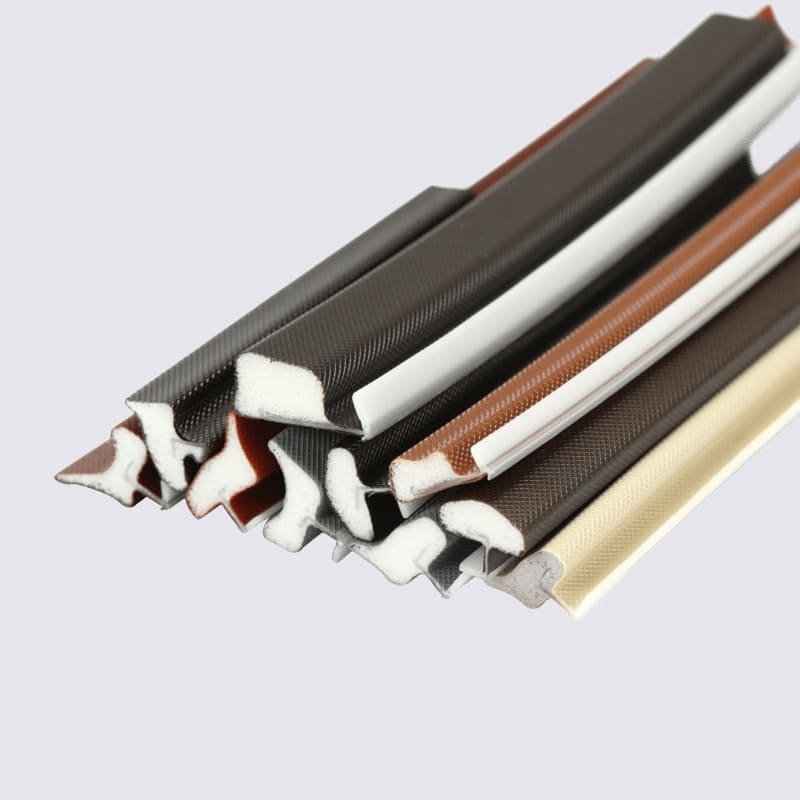Réamhrá:
Silicone hoses have become increasingly popular due to their durability, solúbthacht, agus friotaíocht le teochtaí foircneacha. ach, there may be instances where you need to modify the length of a silicone hose to fit a specific application. San Airteagal seo, we will explore whether cutting a silicone hose is possible and provide you with a comprehensive guide on how to do it effectively and safely.
Understanding Silicone Hoses:
Silicone hoses are made from a synthetic rubber compound known as silicone. They are commonly used in automotive, tionsclaíoch, and plumbing applications due to their excellent heat resistance, chemical inertness, agus solúbthacht. Silicone hoses are typically reinforced with multiple layers of fabric or braided fibers to enhance their strength and prevent collapsing.
Considerations Before Cutting Silicone Hoses:
Before you grab your cutting tool, there are a few essential considerations to keep in mind:
2.1. Hose Type and Reinforcement: Identify the type of silicone hose you are working with and determine its reinforcement method. Some hoses have multiple layers, while others may have a single reinforcement layer.
2.2. Hose Diameter: Measure the diameter of the hose accurately. This will help you determine the correct cutting tool and ensure a clean and precise cut.
2.3. Purpose of the Hose: Consider the purpose of the hose and the specific requirements of your application. Ensure that cutting the hose will not compromise its functionality or structural integrity.
Tools Required for Cutting Silicone Hoses:
To cut a silicone hose effectively, you will need the following tools:
3.1. Sharp Utility Knife: A sharp knife with a fresh blade is essential for achieving clean and precise cuts. Dull blades can tear the hose, leading to uneven edges.
3.2. Measuring Tape: Use a measuring tape to mark the desired length accurately.
3.3. Masking Tape: Applying masking tape around the hose before cutting can help prevent fraying and provide a cutting guide.
Step-by-Step Guide to Cutting Silicone Hoses:
Follow these steps to cut a silicone hose properly:
4.1. Prepare the Hose: Clean the hose surface to remove any debris or dirt that could interfere with the cutting process.
4.2. Mark the Cutting Point: Use a measuring tape to mark the desired length of the hose. Apply a piece of masking tape around the hose at the marked point. This will serve as a guide for the knife.
4.3. Secure the Hose: Firmly hold the hose in place using clamps or a vise to prevent it from moving during the cutting process.
4.4. Make the Cut: With a steady hand, carefully align the utility knife with the masking tape guide and apply downward pressure. Use a continuous, smooth motion to cut through the silicone hose. Take your time to ensure a clean and straight cut.
4.5. Inspect the Cut: After cutting, inspect the edges of the hose for any signs of fraying or unevenness. If needed, trim any loose strands using a pair of sharp scissors.
Post-Cutting Considerations:
Once you have cut the silicone hose to the desired length, consider the following:
5.1. Smooth the Edges: Smooth the edges of the cut with sandpaper or a deburring tool to remove any roughness and prevent potential leaks.
5.2. Reattach Fittings: If the hose had fittings attached, reattach them using appropriate methods such as hose clamps or adhesive designed for silicone materials.
Conclúid:
I gcrích, cutting a silicone hose is possible, provided you take the necessary precautions and follow the correct steps. By using the right tools and techniques, you can modify silicone hoses to meet your specific needs. Remember to consider the type of hose



